Is Ramen “Authentic” Japanese Food?
Ramen certainly has its share of die-hard followers. It is seemingly universally adored by both Japanese and foreign tourists, some of whom will even come to Japan just to eat at a coveted noodle shop.
However, is ramen “authentic” Japanese food? Though this might seem like a ridiculous question, its answer is in fact by no means simple. Getting to the heart of ramen requires a deep dive into trade, food culture, adaptation of foods, and even food preservation — and even so, there are probably many opinions Still we dare to ask, “Is ramen really Japanese?”
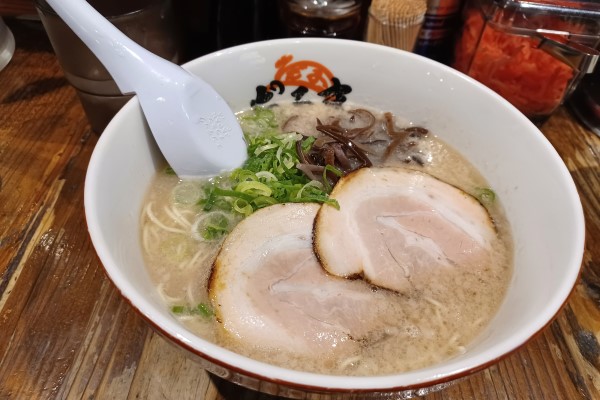
Traditional Japanese Food: Washoku
Traditional Japanese cuisine, known as washoku, has been enjoyed by the Japanese people since ancient times. Well-known dishes include udon, soba, and tempura.
However, washoku also features regional favorites such as Tosani from Kochi, Gameni from Fukuoka, Kayakugohan from Osaka, and Fukagwa Meshi from Tokyo.
Each region has its own unique culinary identity, making it interesting to explore the diverse flavors across Japan.
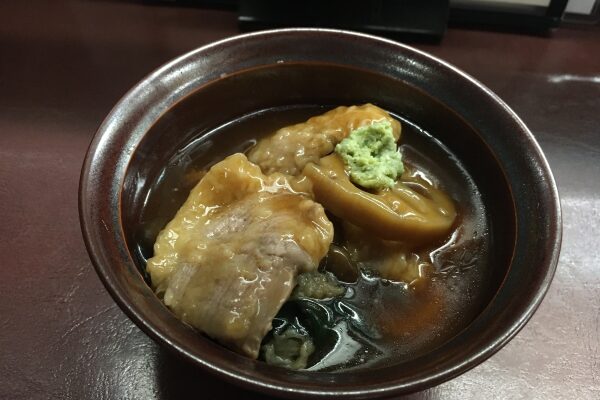

Of course, today many restaurants serve washoku. While some are affordable, like chain restaurants, others are high-end ryotei restaurants that charge more than 10,000 yen per person.
In high-class ryotei, you can enjoy washoku in a private room while enjoying quality time with your family or friends.
Washoku defined
Washoku was recently registered as a UNESCO Intangible Cultural Heritage. The Ministry of Agriculture, Forestry, and Fisheries, defines washoku as follows:
- The rich variety of ingredients and respect for their unique flavor
There are plenty of locally available ingredients with cooking skills that make use of their unique flavor.
- well-balanced, healthy meal
Washoku doesn’t use much animal fat and instead seeks developed umami in dishes.
- Representing nature and the four seasons
Expressing a sense of seasons using flowers and seasonal utensils
- Close related to annual events such as New Year’s Day
People developed the bond by eating together during those events
If you enjoy washoku, this definition is precisely what you’re looking for.
However, it’s important to note that specific foods are not defined as washoku here, and not all dishes labeled as washoku meet all of these criteria.
Additionally, some foods don’t fit this category at all. Take curry, for instance. Curry was introduced to Japan by the English in the 19th century and has since evolved significantly to cater to Japanese tastes.

Foods that originated in other cultures, imported to Japan, and adapted to suit local preferences are often referred to as Japanese food or nihon-shoku, rather than washoku. Some Japanese people even refer to these dishes as yoshoku, which literally translates to “Western food.” Examples include hamburg and spaghetti Neapolitan.
I think when Japanese people ask if you like Japanese food, they are typically inquiring about your preference for washoku, not nihon-shoku.
Ramen
The Amazing Popularity of Ramen
It is said that ramen was first served in 1910 by a Chinese restaurant in Yokohama. Later, Momofuku Ando, a Taiwanese living in Osaka, developed cup ramen, which became extremely popular due to its convenience. Today, supermarkets sell dozens of varieties of instant ramen.
There are many ramen shops, offering their own authentic variations of the dish. This is because it is quite common for a businessman to quit their jobs and open ramen shops. However, each shop is unique, and the taste is different from one place to another.
Also, there are local varieties: such as Wakayama ramen, Toyama black ramen, and Tottori Beef ramen. It is very clear that ramen is very popular among Japanese people.
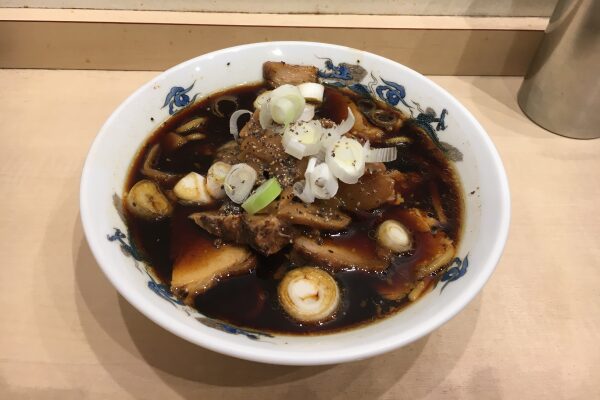
Ramen is not Washoku
If you take a moment to think about ramen, you’ll realize that it is different from washoku (traditional Japanese cuisine). In fact, some Japanese people even consider it a type of Chinese food, referring to it as “Chinese soba.”
This distinction becomes further apparent when we apply the earlier definition of washoku. Ramen does not meet any of the criteria associated with washoku.
(1) The rich variety of ingredients and respect for their unique flavors.
While washoku does honor the unique flavors of its ingredients, this can result in dishes that taste quite bland. Unlike in Western countries, traditional Japanese cuisine relied heavily on soy sauce, mirin, sake, miso, and sugar because there was little use of spices.
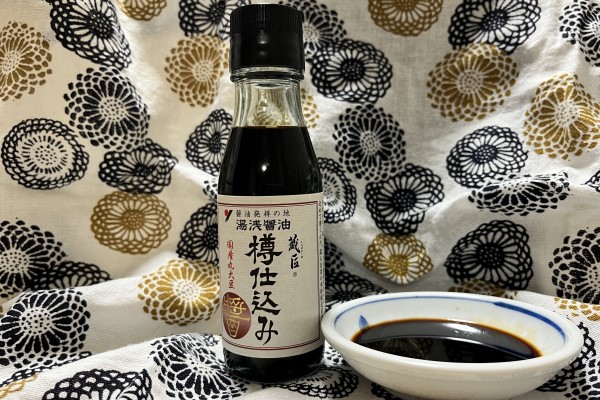
For this reason, washoku values dashi (broth) of kombu (kelp) and fish. Though it is often the subtle flavor, broth plays a crucial role in washoku.
Ramen, does use broth as in tonkotsu ramen, in which pork is simmered for a long time. This process really allows the flavors to deepen but this principle of how the broth is prepared differs significantly from that of washoku.
(2) A well-balanced, healthy meal
Washoku is often cited as a key component of why Japanese people live so long. However, most Japanese people agree that the healthfulness of ramen is barely above that of typical fast food.
Maybe this is obvious, but ramen is a very high-sodium dish. Washoku is typically high in salt, but a full bowl of ramen contains 5 g of salt (the same as the maximum amount recommended for an adult by the WHO).
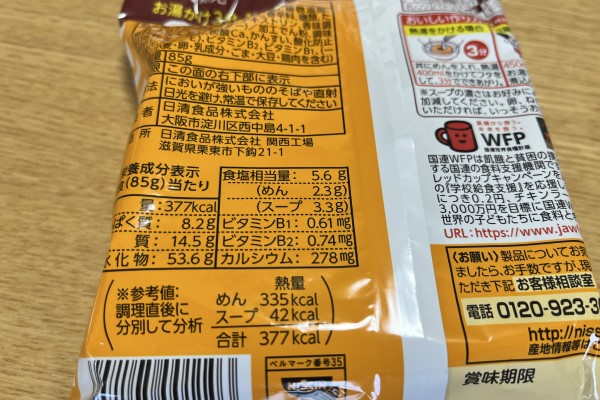
Ramen is also very high in fat. Of course, the amount of fat depends on the kind you eat. Let’s continue with our example of tonkotsu ramen which has about 15g. Other “rich” variations of ramen usually contain 25g, and a bowl from any of the recently popular “iekei” (family-style) ramen has 40g.
If you eat ramen every day or even several times a week, you are highly likely to develop diabetes or high blood pressure.
Not drinking the soup will help reduce your fat and sodium intake but unfortunately, the soup is the main part of the dish.
(3) Representing nature and the four seasons
Washoku restaurants typically feature a rotating menu that highlights fresh, local, seasonal ingredients. For instance, in the fall, you might find dishes that incorporate oysters, chestnuts, and persimmons. These establishments also emphasize the visual presentation of their dishes, ensuring that you can truly eat with both your eyes and your stomach.
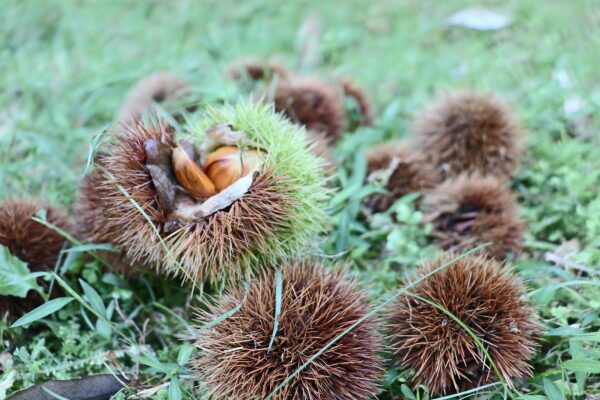
In contrast, ramen restaurants usually maintain a consistent menu without seasonal specials. At least, I have never come across one that does.
(4) Relationship to annual events– such as New Year’s Day
In Japan, there are numerous annual events, such as New Year’s Day, where people gather to enjoy traditional foods together, much like how Americans eat turkey at Thanksgiving.
However, ramen is rarely served during these occasions, likely because it is a relatively new addition to Japan’s cultural landscape. Frankly, it isn’t a dish many prefer to eat alone, rather than in a group setting.

Ramen shops tend to be quite small, and in popular restaurants, you often find many people waiting for a table. In many cases, restaurants encourage diners to finish their meals quickly, making the dining experience resemble fast food.
Final Thoughts
There are likely many foreign visitors to Japan who want to try ramen because they love it. If you visit one of the popular restaurants you’re sure to find it delicious.
We never mean to imply that ramen is bad, nor do we criticize those who enjoy it. We believe that everyone has different taste buds.
However, from my experience, those who love ramen may feel that traditional Japanese food doesn’t align with their taste preferences.
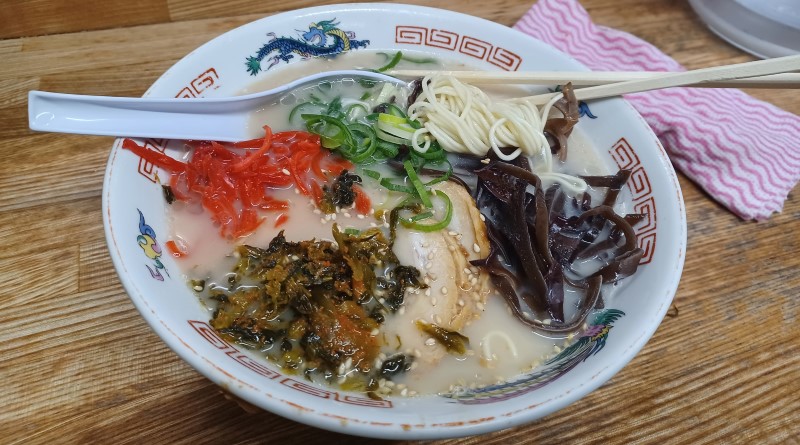
Leave a Reply